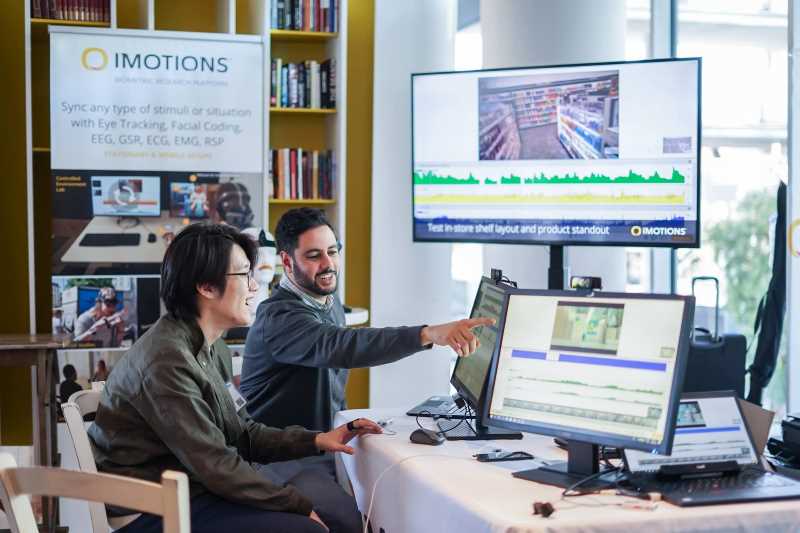Objectives
We aimed to understand how artificial intelligence (AI) influences dentists by comparing their gaze behavior when using versus not using an AI software to detect primary proximal carious lesions on bitewing radiographs.
Methods
22 dentists assessed a median of 18 bitewing images resulting in 170 datasets from dentists without AI and 179 datasets from dentists with AI, after excluding data with poor gaze recording quality. We compared time to first fixation, fixation count, average fixation duration, and fixation frequency between both trial groups. Analyses were performed for the entire image and stratified by (1) presence of carious lesions and/or restorations and (2) lesion depth (E1/2: outer/inner enamel; D1-3 outer-inner third of dentin). We also compared the transitional pattern of the dentists’ gaze between the trial groups.
Results
Median time to first fixation was shorter in all groups of teeth for dentists with AI versus without AI, although p>0.05. Dentists with AI had more fixations (median=68, IQR=31, 116) on teeth with restorations compared to dentists without AI (median=47, IQR=19, 100), p=0.01. In turn, average fixation duration was longer on teeth with caries for the dentists with AI than those without AI; although p>0.05. The visual search strategy employed by dentists with AI was less systematic with a lower proportion of lateral tooth-wise transitions compared to dentists without AI.
Conclusions
Dentists with AI exhibited more efficient viewing behavior compared to dentists without AI, e.g., lesser time taken to notice caries and/or restorations, more fixations on teeth with restorations, and fixating for shorter durations on teeth without carious lesions and/or restorations.
Clinical Significance
Analysis of dentists’ gaze patterns while using AI-generated annotations of carious lesions demonstrates how AI influences their data extraction methods for dental images. Such insights can be exploited to improve, and even customize, AI-based diagnostic tools, thus reducing the dentists’ extraneous attentional processing and allowing for more thorough examination of other image areas.










